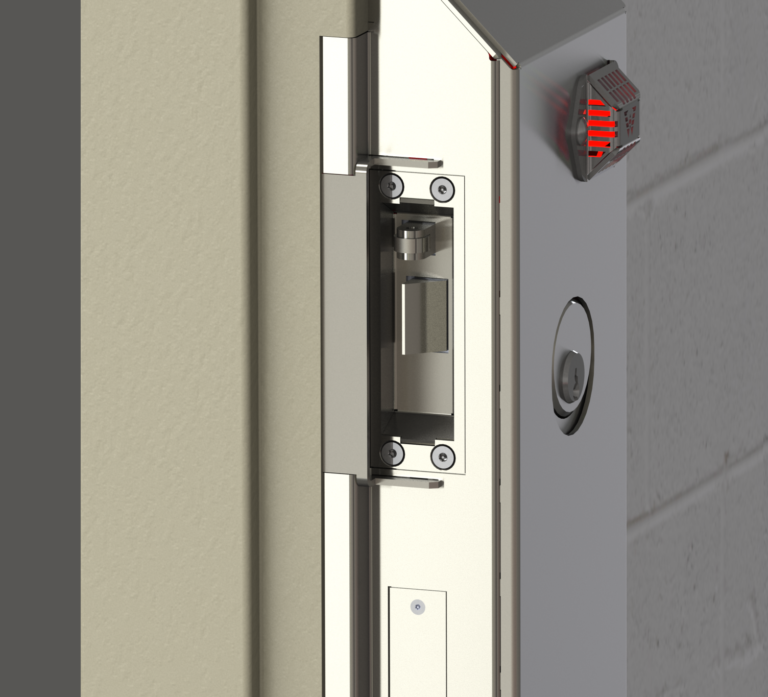Hawaii Considers Returning Some Inmates from the Mainland
HILO, Hawaii — Hawaii Governor Neil Abercrombie released $248,177 in early January to begin the planning process for a possible reopening of Kulani Prison, near Hilo on the island of Hawaii. The funding was approved by the state legislature in the previous budget year and the governor has been researching the idea in the meantime. The state’s department of public safety will hold public hearings later in the month to address the plan and allow state officials to discuss a draft environmental assessment for the proposed action.
Abercrombie wants the facility to open its doors again to house approximately 200 of Hawaii’s 6,000 inmates as part of his state’s participation in the Justice Reinvestment Initiative, a congressionally approved effort by the U.S. Department of Justice to decrease recidivism and spend law enforcement funds more wisely. The reopened facility would house some of the 1,700 inmates currently being held by other states’ correctional facilities on the mainland.
The Kulani facility opened in 1946 as a work camp and was later converted into a minimum-security prison before being closed in the fall of 2009 as part of former Governor Linda Lingle’s effort to address a $786 million deficit in the state budget. A study conducted last year found that reopening the facility would cost around $600,000, mostly for equipment replacement and upgrades to infrastructure related to utilities. Though the legislature previously approved funding for the planning phase, it would still need to give its approval for the actual reopening to proceed.
Interim Public Safety Director Ted Sakai gave a presentation on the proposal to around 30 members of the Hawaii Island Chamber of Commerce in late December. He explained the move would return more than $4.7 million to the local economy and provide 90 new jobs.
Sakai said a timeline for moving forward would be largely based on how long it takes to relocate the Hawaii National Guard’s Youth ChalleNGe Academy-Kulani, a training camp for at-risk teens that has been using the former correctional facility as its home base since the winter of 2010.
The interim director said the facility would return to its previous purpose of giving inmates a less intense experience during their final few years in custody, before being sent to a halfway house and preparing to re-enter society.
Estimates show that housing inmates at the facility would cost $80 per day, compared to the current rate of $65 a day at private correctional facilities run by Corrections Corp. of America in Arizona.
Sakai argued the move would still have a positive impact on the economy by lowering recidivism rates and ensuring more corrections funds stay in the state.






